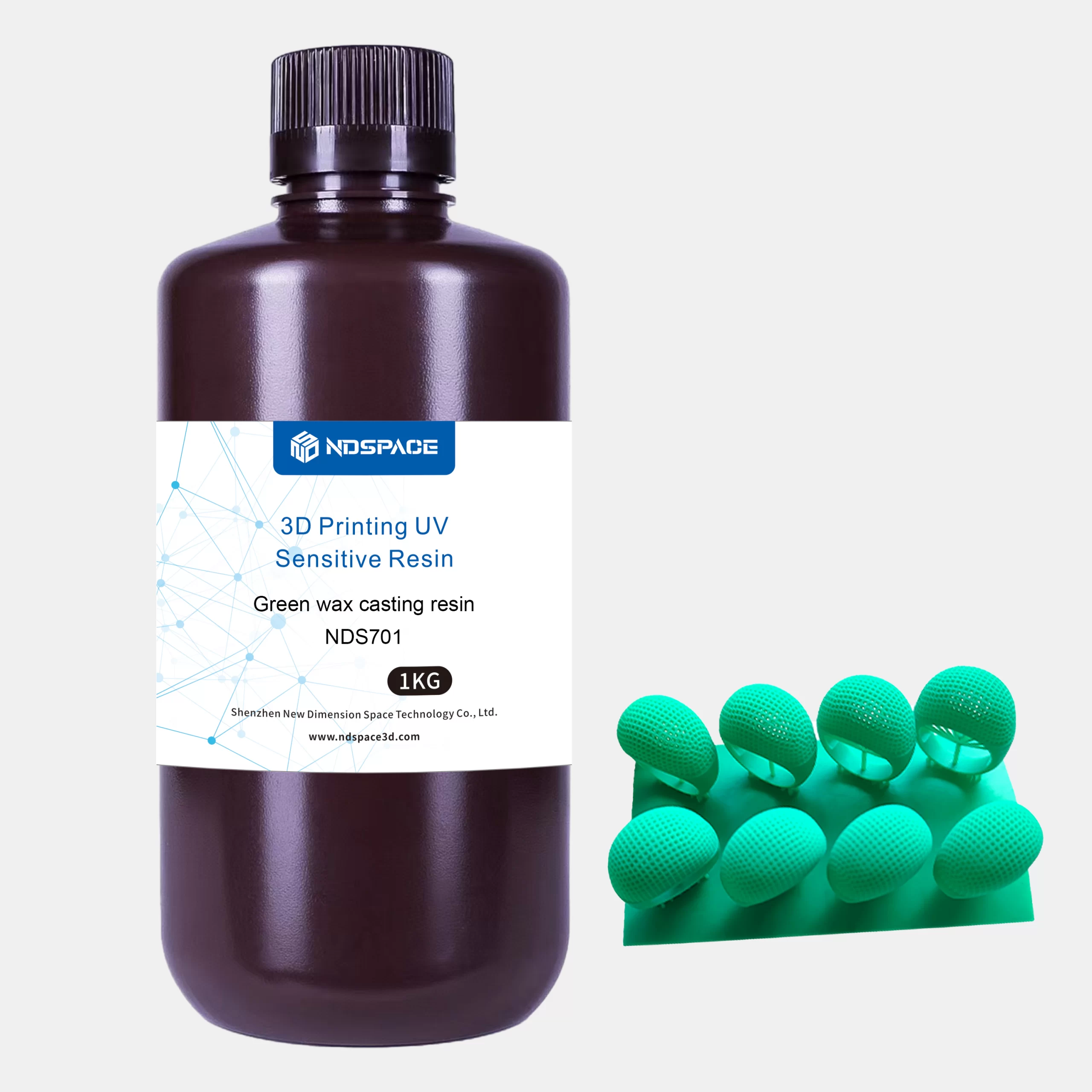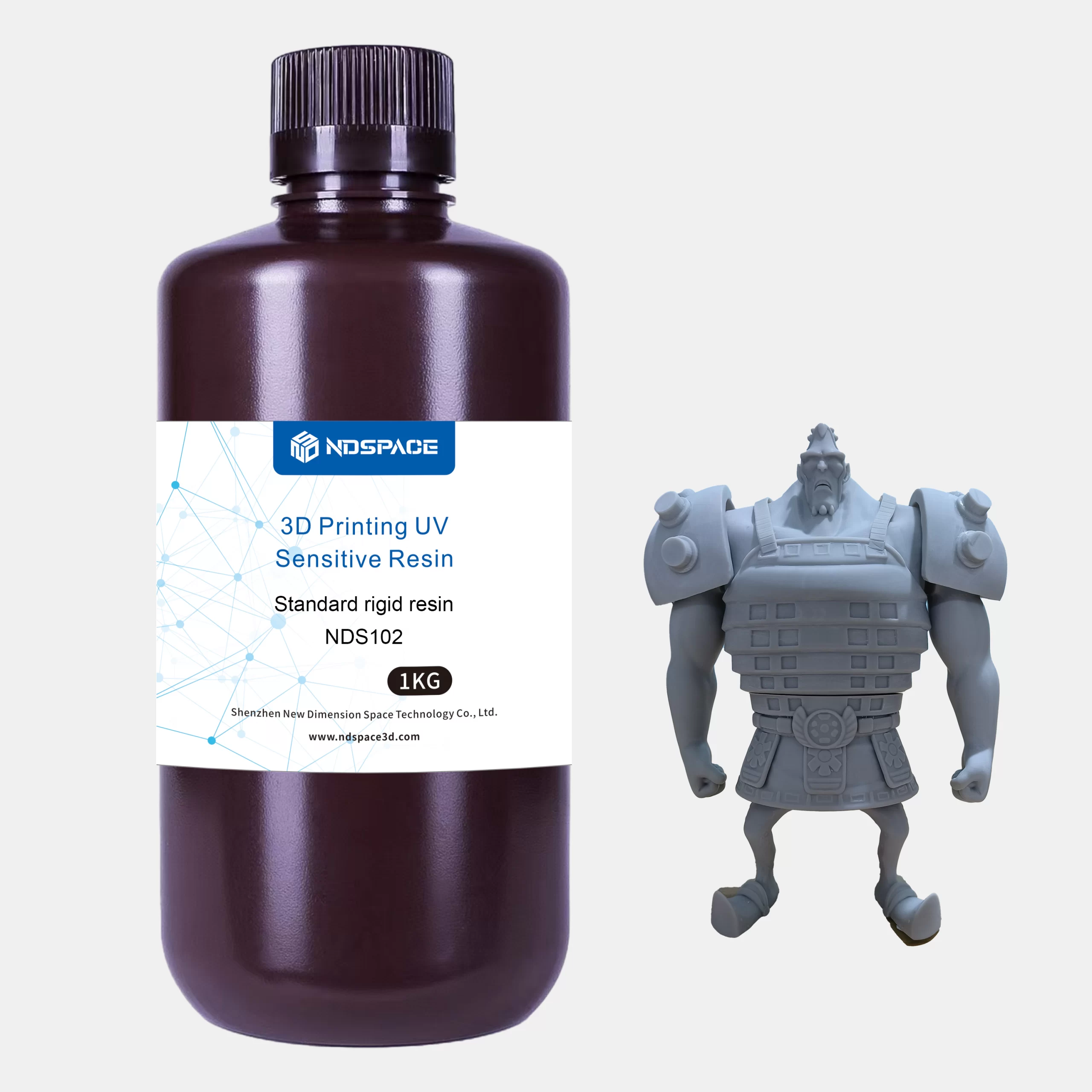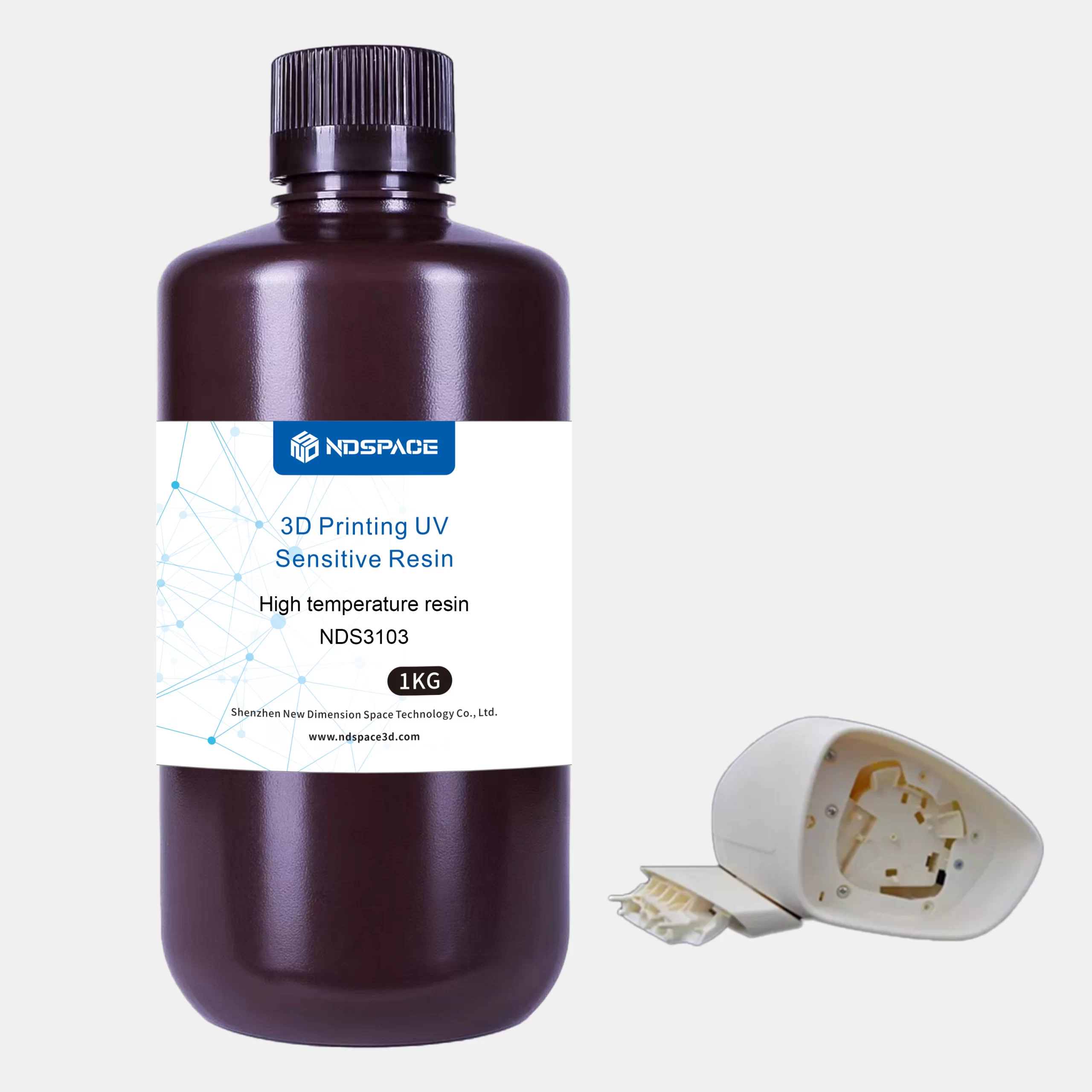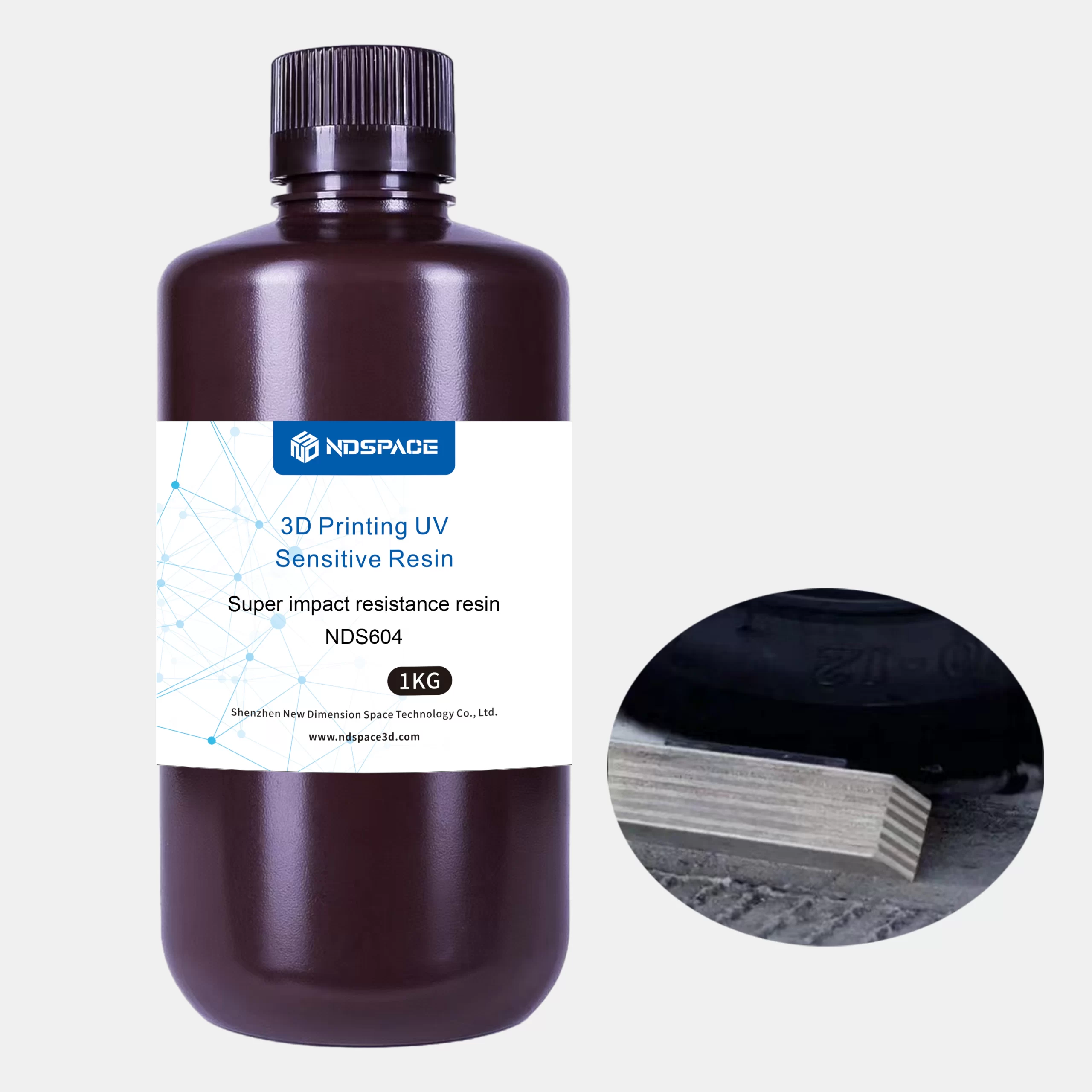APPLICATIONS
Hearing Aid Components: The high transparency, resistance to yellowing, and biocompatibility make this material suitable for producing earphone casings, ear molds, and components for hearing aids. Its durability and resistance to fracture and bending make it ideal for creating these delicate and intricate parts.
Medical Device Manufacturing: Being classified as a Class IIa medical device material, it could find applications in various medical equipment where high precision and biocompatibility are crucial. For instance, it might be used in the production of certain medical device components that require transparency, durability, and compliance with stringent biocompatibility standards.
Precision and Fine Structure Printing: With its high hardness, strength, and suitability for printing fine structures, this material might be utilized in additive manufacturing technologies such as 3D printing for creating intricate and precise designs. Its resistance to fracture and bending ensures the production of detailed structures without the risk of brittle cracking.












